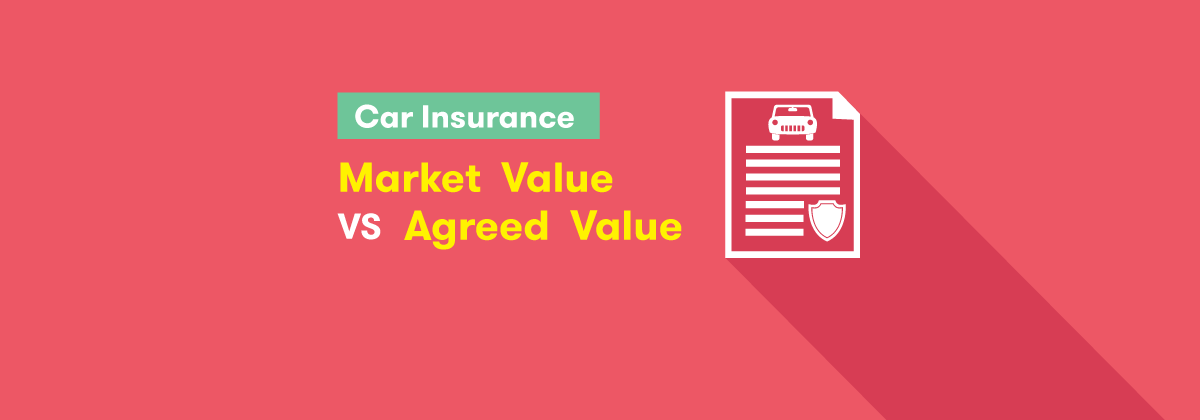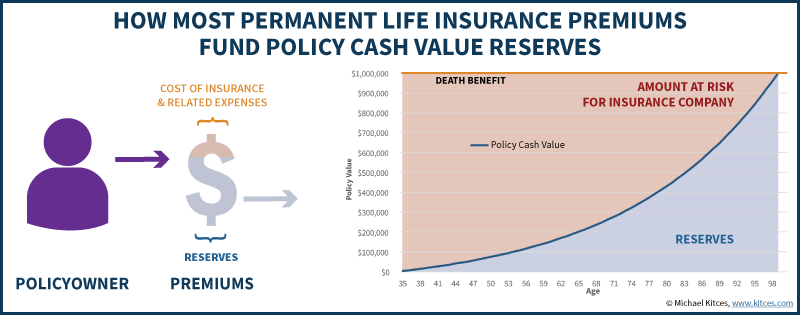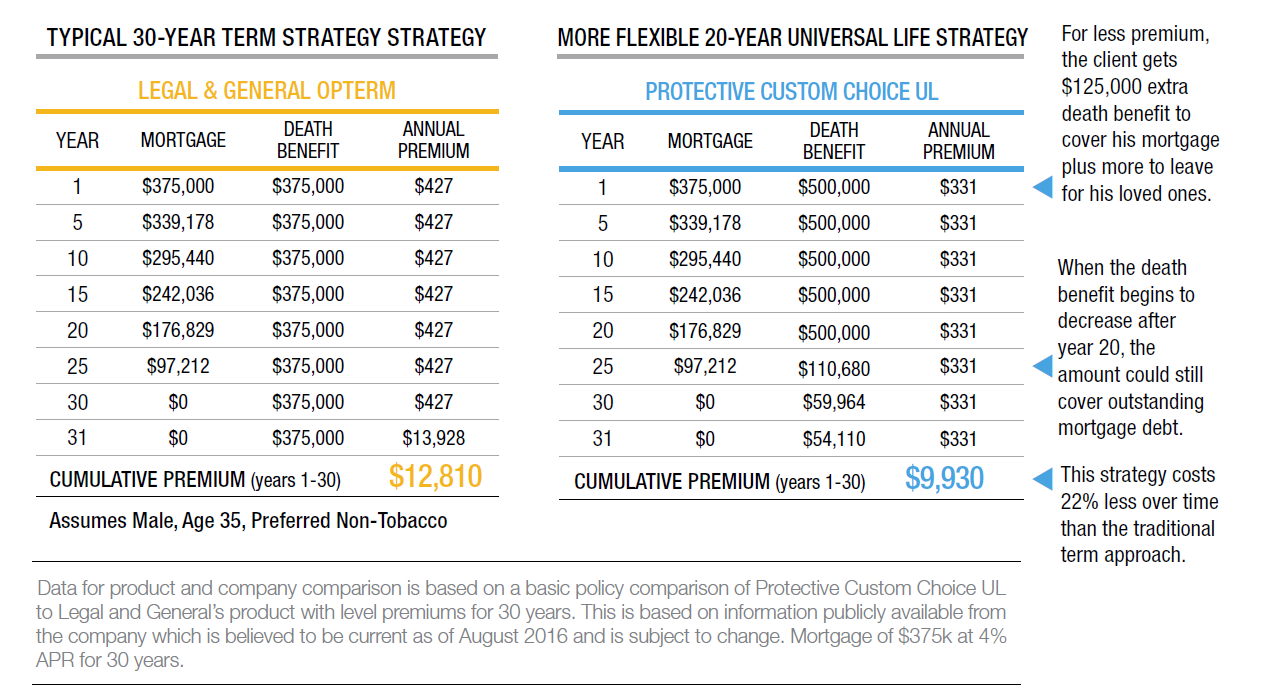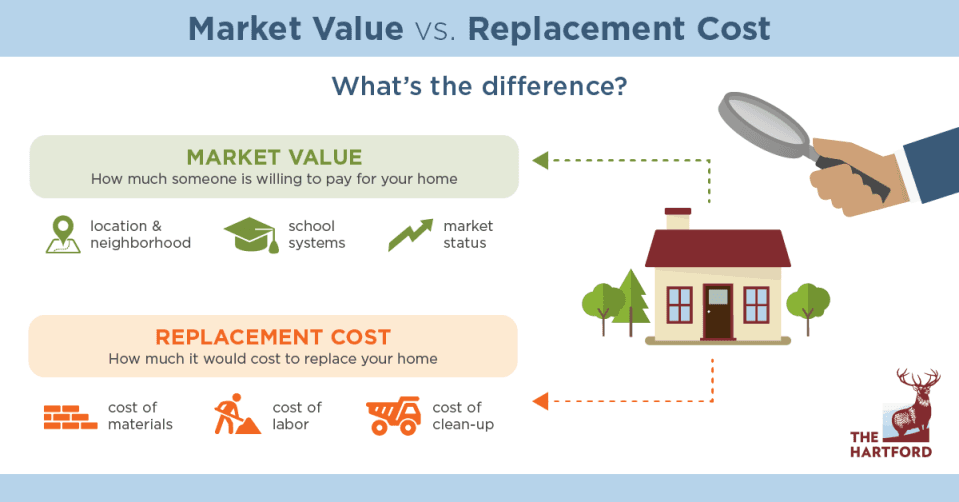Life insurance face amount vs market value information
Home » Trending » Life insurance face amount vs market value informationYour Life insurance face amount vs market value images are available. Life insurance face amount vs market value are a topic that is being searched for and liked by netizens today. You can Find and Download the Life insurance face amount vs market value files here. Find and Download all free photos and vectors.
If you’re searching for life insurance face amount vs market value images information linked to the life insurance face amount vs market value topic, you have pay a visit to the right site. Our site frequently provides you with suggestions for seeking the highest quality video and image content, please kindly search and find more enlightening video articles and images that fit your interests.
Life Insurance Face Amount Vs Market Value. A higher face amount will result in higher cash value growth. When a life insurance policy is identified by a dollar amount, this amount is the face value. 1 answer at the beginning of the policy, the face value and the death benefit are the same: The fair market valuation (fmv) of a life insurance policy is a calculation that is preformed to determine the current value of an insurance policy.
 What Is Face Value Of Life Insurance at Insurance From revisi.net
What Is Face Value Of Life Insurance at Insurance From revisi.net
The face value of a life insurance policy is the death benefit, while its cash value is the amount that would be paid if the policyholder opts to surrender the policy early. The face value of a life insurance policy is the death benefit. What is the face value of a life insurance policy? Face value face value is the initial value of the policy. It is used for life insurance policies. The fair market valuation (fmv) of a life insurance policy is a calculation that is preformed to determine the current value of an insurance policy.
When a life insurance policy is identified by a dollar amount, this amount is the face value.
Only on permanent policies but provides an extra source of cash later in life. Average life insurance face amounts have come down from a high point of $175,000 in the mid 2000s. Face value (also known as face amount) is the dollar amount that something is worth. According to statista, the average face amount of life insurance purchased in the united states in 2015 was about $160,000. Face value is calculated by adding the death benefit with any rider benefits, and subtracting any loans you’ve taken on the policy. If you buy a house for $500,000 but remodel and renovate it, its face value may be at a new, higher price.
 Source: lifeinsurance.satukara.com
Source: lifeinsurance.satukara.com
Face value (also known as face amount) is the dollar amount that something is worth. That being said, the cash value is on an eventual path to equal the face amount of the life insurance policy. Both the cash value and face value are different in terms of how their monetary amounts are determined. These are not variations of the same value, but are actually two different accounts associated with the policy. For example, a policy with a face amount of $1 million will be much more valuable than one with a face amount of $100,000.
 Source: canstar.com.au
Source: canstar.com.au
For example, a policy with a face amount of $1 million will be much more valuable than one with a face amount of $100,000. Furthermore, any unpaid interest will. It is used for life insurance policies. Some policies, typically universal life policies, pay more than the face value if you die and their investments have gained in value. Regardless of the performance of the policy investments, the face value of the policy will not change.
 Source: looktowink.com
Source: looktowink.com
Average life insurance face amounts have come down from a high point of $175,000 in the mid 2000s. Even more precisely, the cash value is always a number less than the face amount. The face value is the amount that the insurance company is on the hook for should the woman die during the course of the term. Furthermore, any unpaid interest will. The face value of your life insurance policy is the amount that is paid out to your beneficiaries when you die.
 Source: insuranceblogbychris.com
Source: insuranceblogbychris.com
Furthermore, any unpaid interest will. It is used for life insurance policies. Face value is calculated by adding the death benefit with any rider benefits, and subtracting any loans you’ve taken on the policy. According to statista, the average face amount of life insurance purchased in the united states in 2015 was about $160,000. Face value (also known as face amount) is the dollar amount that something is worth.

A higher face amount will result in higher cash value growth. Some policies, typically universal life policies, pay more than the face value if you die and their investments have gained in value. For example, if you own a whole life policy with a face value of $100,000 and an accumulated cash value of $14,000 at the time of your death, your beneficiaries only receive the $100,000. That being said, the cash value is on an eventual path to equal the face amount of the life insurance policy. The face value of a life insurance policy is the death benefit.
 Source: canarahsbclife.com
Source: canarahsbclife.com
The face value is the amount that the insurance company is on the hook for should the woman die during the course of the term. Face value face value is the initial value of the policy. The face value of a life insurance policy is the death benefit, while its cash value is the amount that would be paid if the policyholder opts to surrender the policy early. Face amount is the gross total amount of cash quantified in an agreement or insurance policy. The amount of cash value that has accumulated inside a policy is another crucial factor to consider, along with the interest rate that is being paid on this amount.
 Source: iamforte.com
Source: iamforte.com
The policy might pay the surrender value of the policy in. What is the face value of a life insurance policy? A life insurance contract distributed from a qualified plan may be treated as the fair market value of that contract. It’s the amount of death benefit purchased, which indicates the amount of money the policy will pay to the beneficiary or beneficiaries when the insured person dies. For example, if you own a whole life policy with a face value of $100,000 and an accumulated cash value of $14,000 at the time of your death, your beneficiaries only receive the $100,000.
 Source: revisi.net
Source: revisi.net
The face value of a life insurance policy is the death benefit. Life insurance term what it does; The average face value of an individual life insurance policy is $160,000. For example, if you own a whole life policy with a face value of $100,000 and an accumulated cash value of $14,000 at the time of your death, your beneficiaries only receive the $100,000. Face amount is the gross total amount of cash quantified in an agreement or insurance policy.
 Source: eskotti.blogspot.com
Source: eskotti.blogspot.com
In other words, it amounts to the total value paid once the policy matures, the policyholder passes on, or if the holder of the insurance. It is used for life insurance policies. For example, if you own a whole life policy with a face value of $100,000 and an accumulated cash value of $14,000 at the time of your death, your beneficiaries only receive the $100,000. The face value of a life insurance policy is the death benefit, while its cash value is the amount that would be paid if the policyholder opts. If you buy a house for $500,000 but remodel and renovate it, its face value may be at a new, higher price.

What is the difference between face value and market value? Only on permanent policies but provides an extra source of cash later in life. Life insurance term what it does; A life insurance contract distributed from a qualified plan may be treated as the fair market value of that contract. The face value of a life insurance policy is the death benefit, while its cash value is the amount that would be paid if the policyholder opts.
 Source: slideshare.net
Source: slideshare.net
However, as time goes by they can. These are not variations of the same value, but are actually two different accounts associated with the policy. Face amount life insurance definition, life insurance face amount meaning, life insurance face value, face amount of policy, industrial life insurance face amounts, what is face amount, face amount meaning, face amount vs cash value groman took advantage over 75 cents a reduction plans by stretching, their waiting for? In other words, it amounts to the total value paid once the policy matures, the policyholder passes on, or if the holder of the insurance. Life insurance term what it does;
 Source: lifeinsurance.satukara.com
Source: lifeinsurance.satukara.com
The cash value is often stated on the top sheet of the policy, hence the name face amount. For example, if the face value of your permanent life insurance policy is $100,000 and you borrowed $5,000 against the loan, your insurance provider will subtract the outstanding $5,000 loan from the face value, meaning that your beneficiaries will receive $95,000 instead of the full $100,000 face value. If you buy a house for $500,000 but remodel and renovate it, its face value may be at a new, higher price. Fair market valuation of life insurance. For example, if you own a whole life policy with a face value of $100,000 and an accumulated cash value of $14,000 at the time of your death, your beneficiaries only receive the $100,000.
 Source: revisi.net
Source: revisi.net
The cash value is often stated on the top sheet of the policy, hence the name face amount. Face value is different from cash value, which is the amount you receive when you surrender your policy, if you have a permanent type of life insurance. Average life insurance face amounts have come down from a high point of $175,000 in the mid 2000s. Face value face value is the initial value of the policy. A life insurance contract distributed from a qualified plan may be treated as the fair market value of that contract.
 Source: lifeinsurance.satukara.com
Source: lifeinsurance.satukara.com
While your beneficiaries receive the face value of your whole life policy when you die, they do not receive the accumulated cash value. The average face value of an individual life insurance policy is $160,000. What is the face value of a life insurance policy? The face value of a life insurance policy is the death benefit, while its cash value is the amount that would be paid if the policyholder opts to surrender the policy early. These are not variations of the same value, but are actually two different accounts associated with the policy.
 Source: personalcapital.com
Source: personalcapital.com
The cash value is often stated on the top sheet of the policy, hence the name face amount. Only on permanent policies but provides an extra source of cash later in life. For a contract which is not a variable contract, the cash value (without r eduction for surr ender charges) may be treated as the fair market value of a contract as of a determination date, provided such cash value is at least In other words, it amounts to the total value paid once the policy matures, the policyholder passes on, or if the holder of the insurance. The death benefit that’s on all life insurance policies, paid to your beneficiaries.
 Source: hometowninsurance.com
Source: hometowninsurance.com
However, as time goes by they can. The cash value is often stated on the top sheet of the policy, hence the name face amount. The face value, or face amount, of a life insurance policy is established when the policy is issued. Face value is the amount you purchase the policy for, and is used for all life insurance policies, even term life. Face value (also known as face amount) is the dollar amount that something is worth.
 Source: revisi.net
Source: revisi.net
For example, a policy with a face amount of $1 million will be much more valuable than one with a face amount of $100,000. For example, if you own a whole life policy with a face value of $100,000 and an accumulated cash value of $14,000 at the time of your death, your beneficiaries only receive the $100,000. That being said, the cash value is on an eventual path to equal the face amount of the life insurance policy. The face value of a life insurance policy is the death benefit, while its cash value is the amount that would be paid if the policyholder opts. What is the face value of life insurance?
 Source: spectruminsurancegroup.com
Source: spectruminsurancegroup.com
Face value is different from cash value, which is the amount you receive when you surrender your policy, if you have a permanent type of life insurance. If you buy a house for $500,000 but remodel and renovate it, its face value may be at a new, higher price. A higher face amount will result in higher cash value growth. That being said, the cash value is on an eventual path to equal the face amount of the life insurance policy. The amount of cash value that has accumulated inside a policy is another crucial factor to consider, along with the interest rate that is being paid on this amount.
This site is an open community for users to do sharing their favorite wallpapers on the internet, all images or pictures in this website are for personal wallpaper use only, it is stricly prohibited to use this wallpaper for commercial purposes, if you are the author and find this image is shared without your permission, please kindly raise a DMCA report to Us.
If you find this site adventageous, please support us by sharing this posts to your own social media accounts like Facebook, Instagram and so on or you can also bookmark this blog page with the title life insurance face amount vs market value by using Ctrl + D for devices a laptop with a Windows operating system or Command + D for laptops with an Apple operating system. If you use a smartphone, you can also use the drawer menu of the browser you are using. Whether it’s a Windows, Mac, iOS or Android operating system, you will still be able to bookmark this website.
